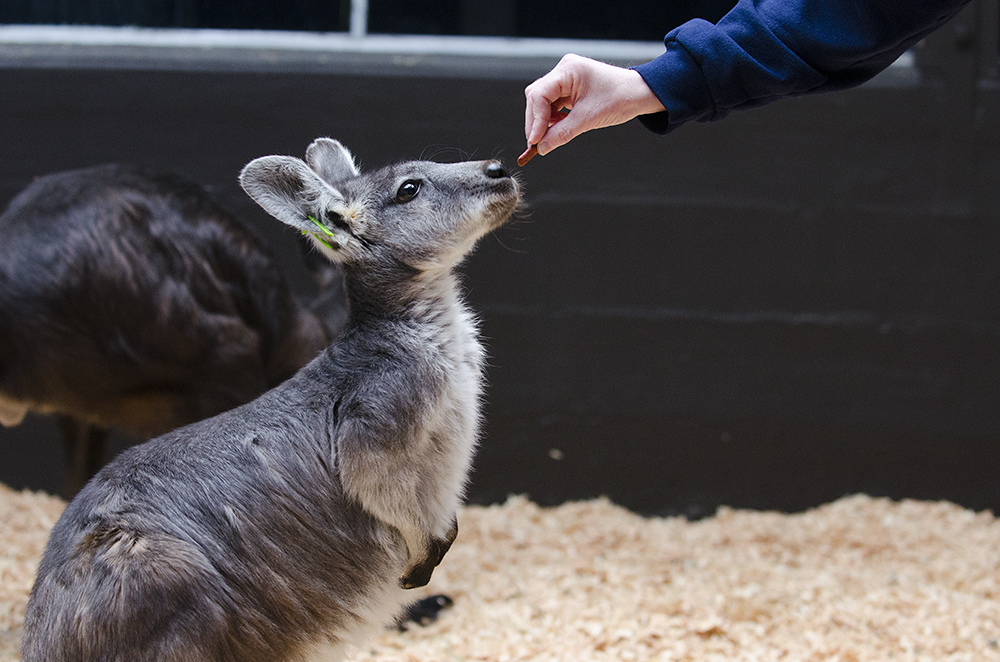
What is Empathy for Wildlife?
Zoos and aquariums provide close encounters with wildlife that move people to experience a range of emotions while they learn about the animals in our care.
Emerging behavioral science is showing that these emotions can motivate deeper connection with our institutions’ education and conservation missions.
What is empathy for wildlife?
Empathy is an emotional state that can be stimulated by connecting with and understanding the experiences and perspectives of another person or animal. When people try to understand the experiences of the animals they encounter in a zoo or aquarium, they can develop feelings of empathy for wildlife.
Humans have an intrinsic ability to empathize with each other and with animals. We start developing our empathy skills as children, and we can strengthen these skills with practice throughout our lives. Zoos and aquariums create experiences that meet our visitors’ need for connection in a way few other organizations can.
Why does empathy matter?
Feeling empathy helps people connect their interest in animal wellbeing to opportunities for action.
Empathy can improve how people interact with and behave towards animals when visiting zoos and aquariums. Empathy can also raise awareness of the importance of human and animal coexistence in the environments we share and sustain.
Ultimately, by incorporating empathy practices, zoos and aquariums help foster empathy for wildlife among their visitors and move people from awareness to action.
Empathy practices help zoos and aquariums create deeper connections between people and animals that have many positive results.
The value of empathy
Animal wellbeing
Fostering empathy can motivate visitors at zoos and aquariums to behave in ways that support animal wellbeing – such as using a quieter voice to reduce animal stress. Increasing visitor understanding of animal perspectives and needs can also motivate individual and collective conservation action to benefit wildlife.
Empathy skill building
Implementing empathy practices at zoos and aquariums provides visitors with a space to develop their empathy skills, connect across personal differences, and work together towards a positive future where people, animals, and our shared environment can thrive.
Serving our mission
Feeling empathy for wildlife can motivate visitors to actively engage in our mission and enhance their interactions with animals both on-site and off. Empathy practices help our institutions cultivate deeper relationships with our visitors and amplify our conservation missions.
Explore more
We invite you to explore real examples of work happening in zoos and aquariums today, from empathy resources that professionals are using to examples of programs and practices in organizations of all sizes and geographies.








